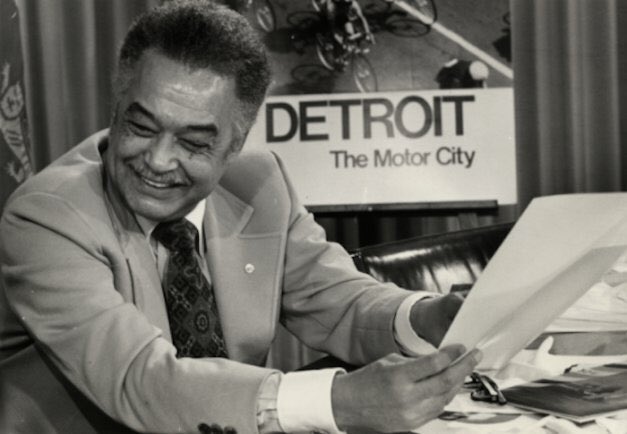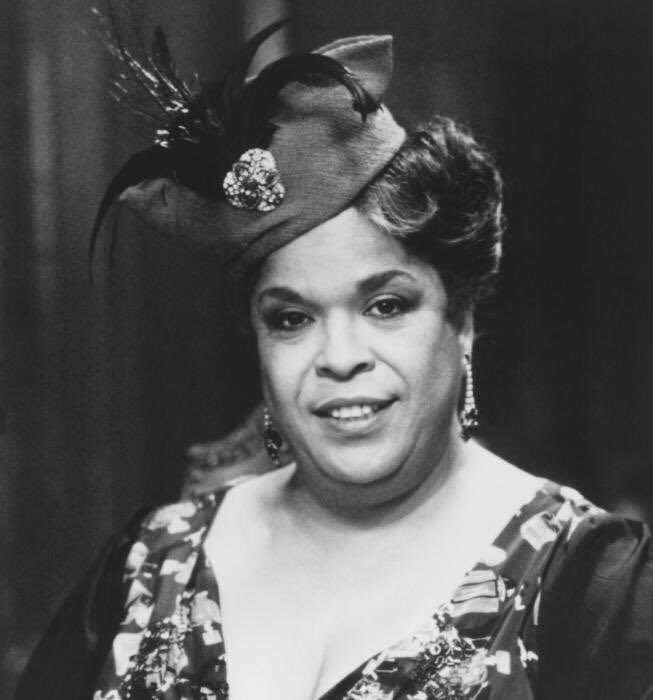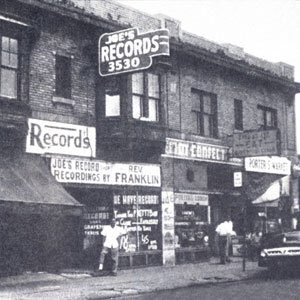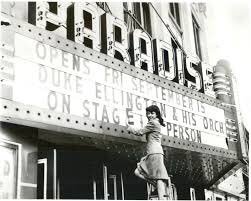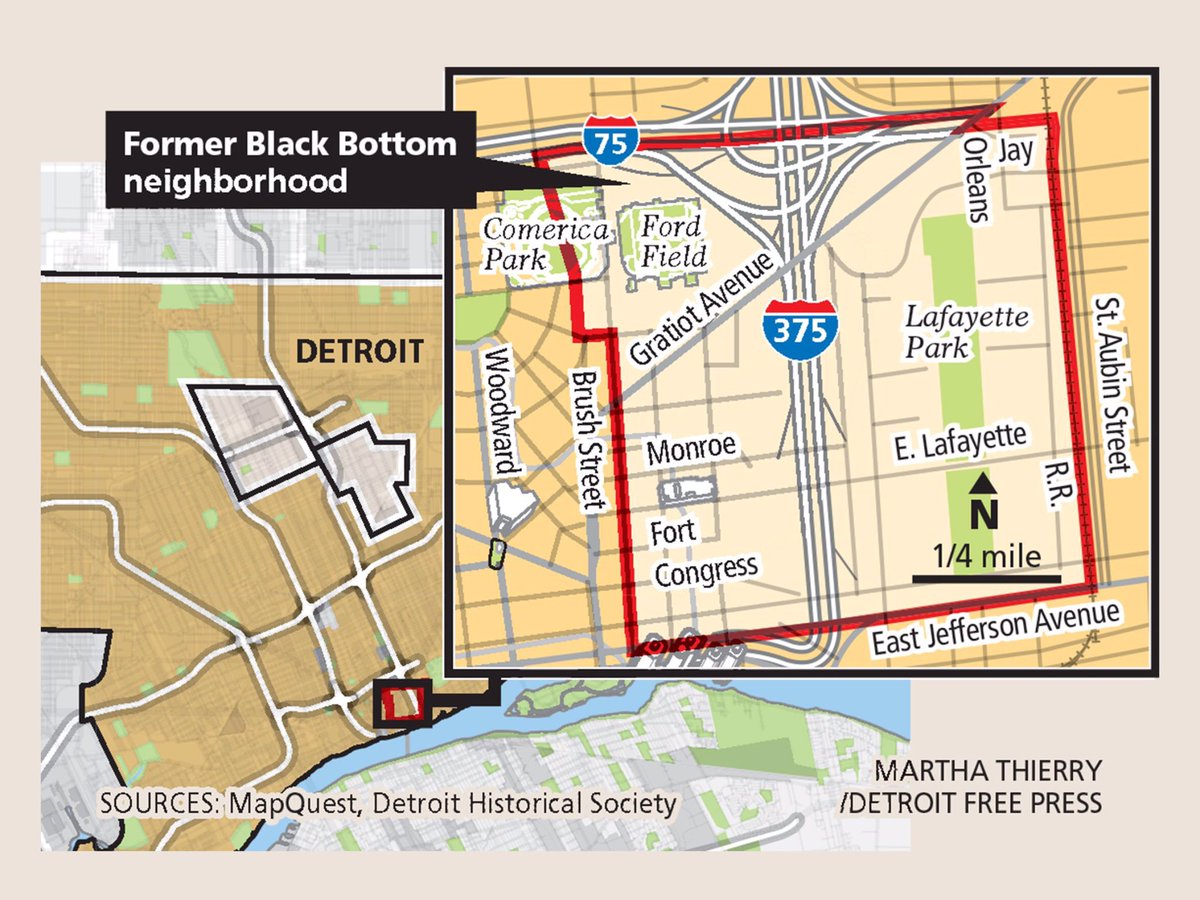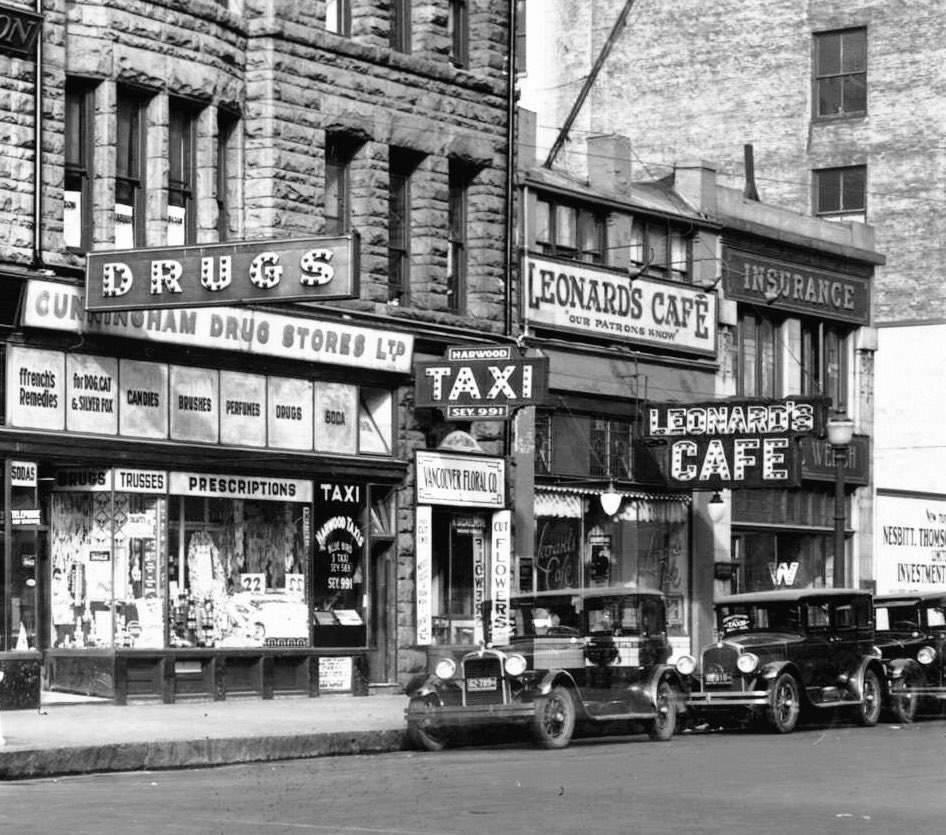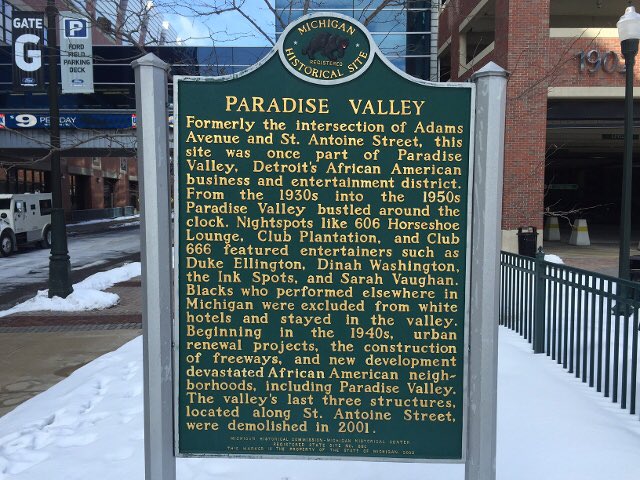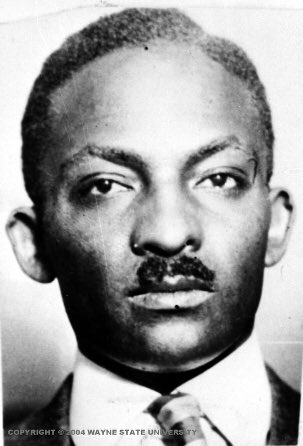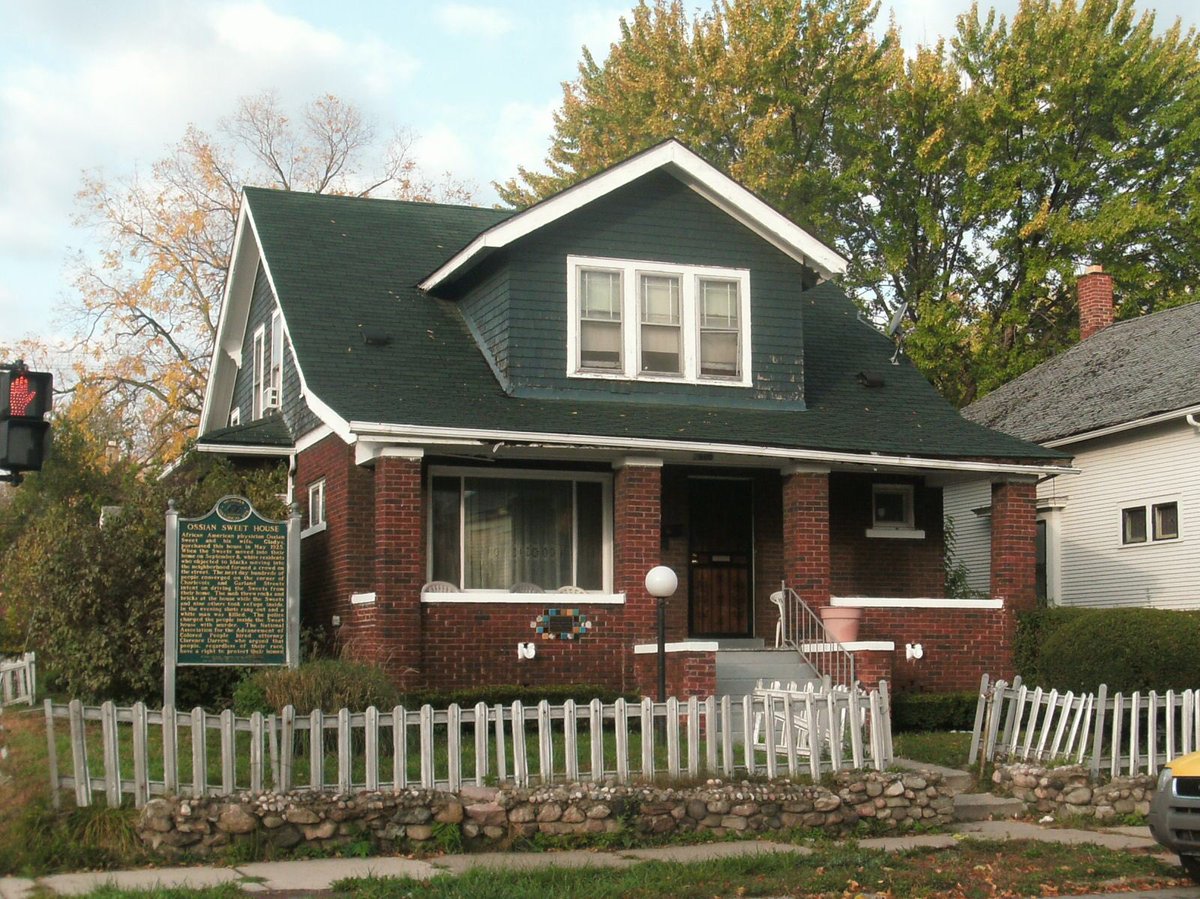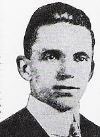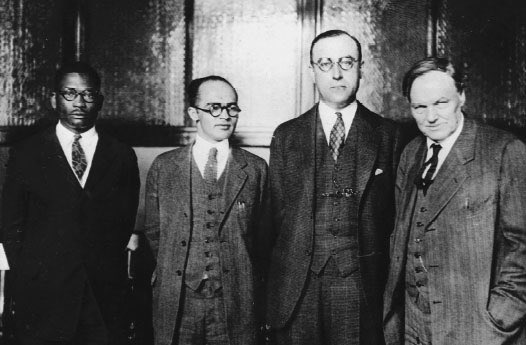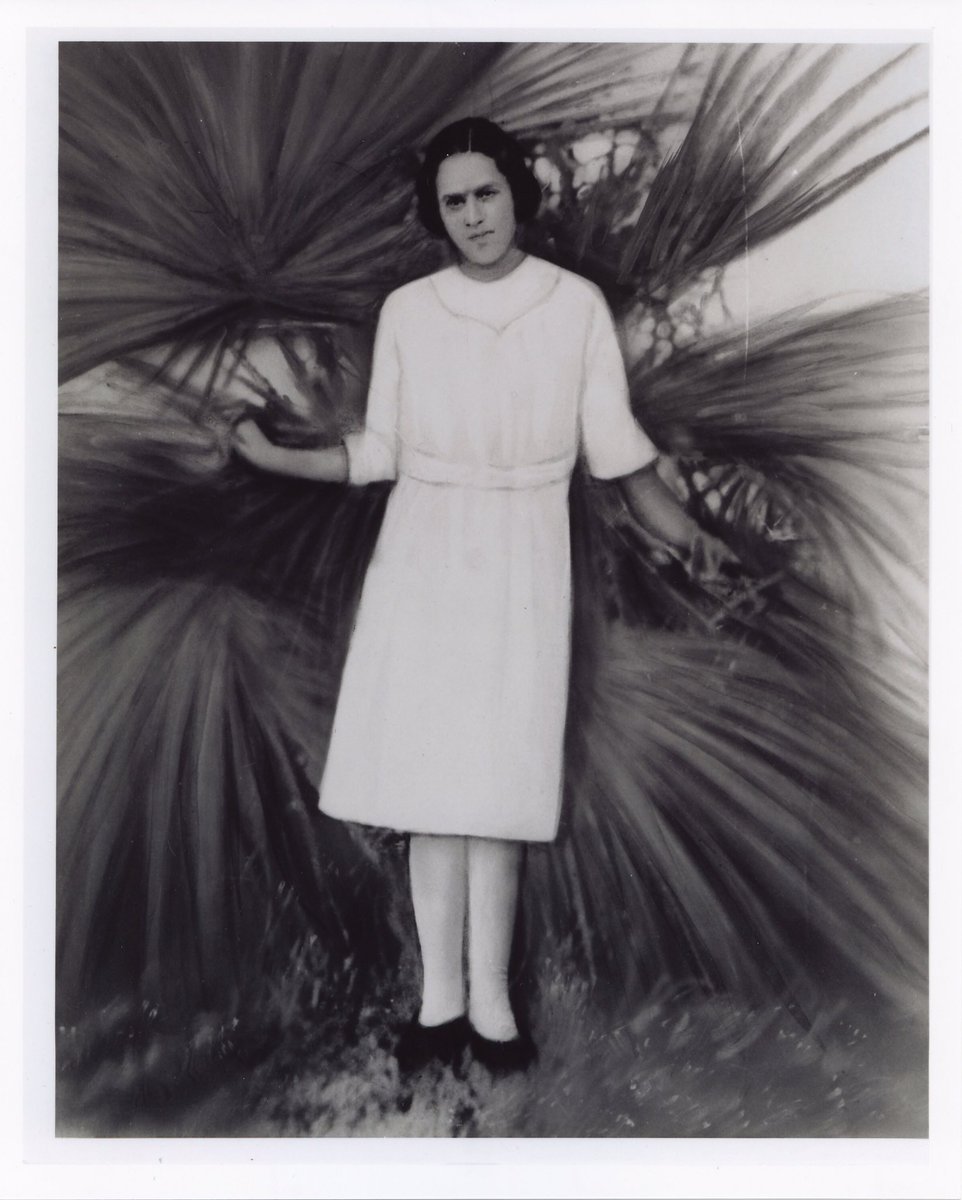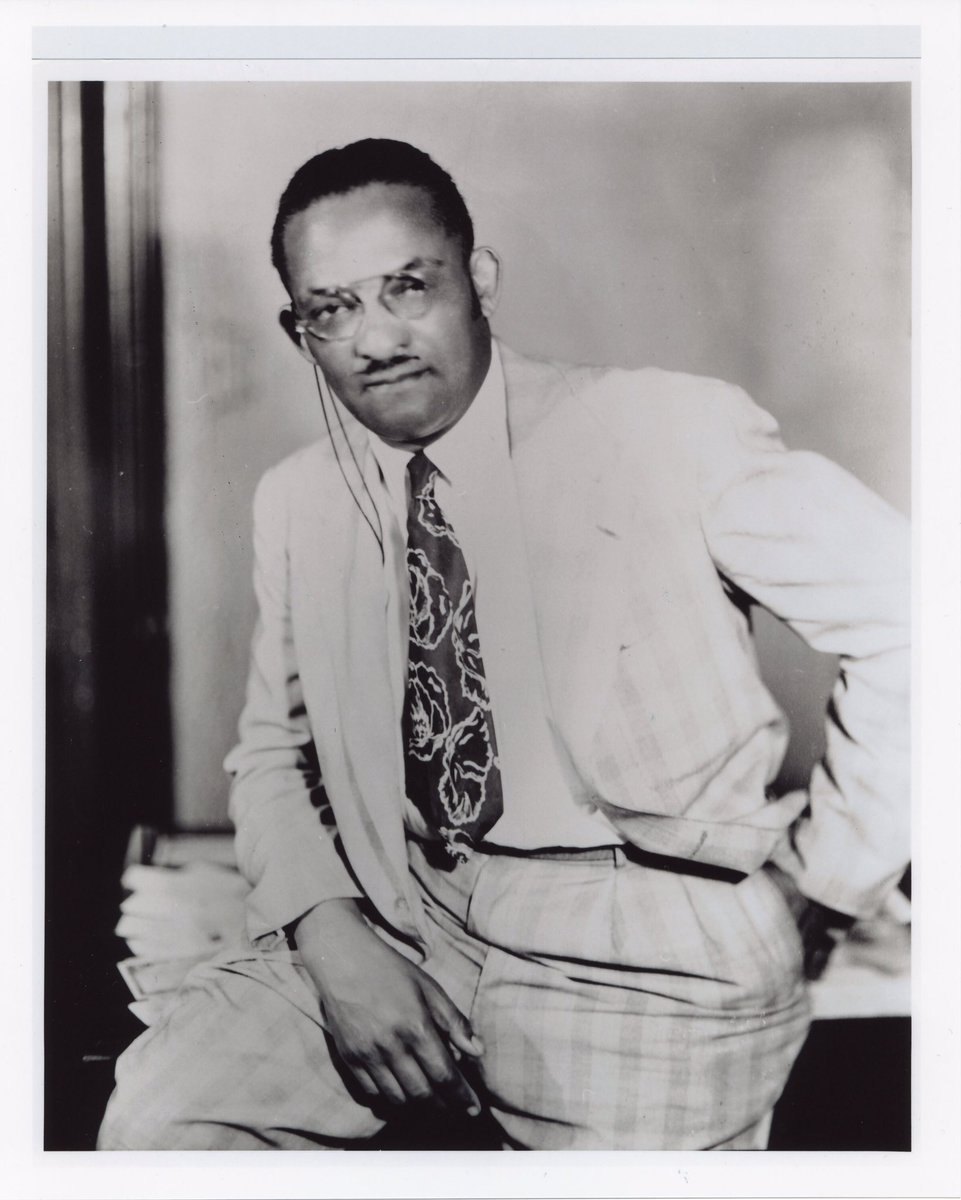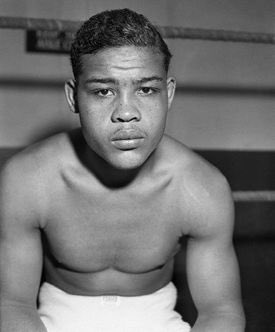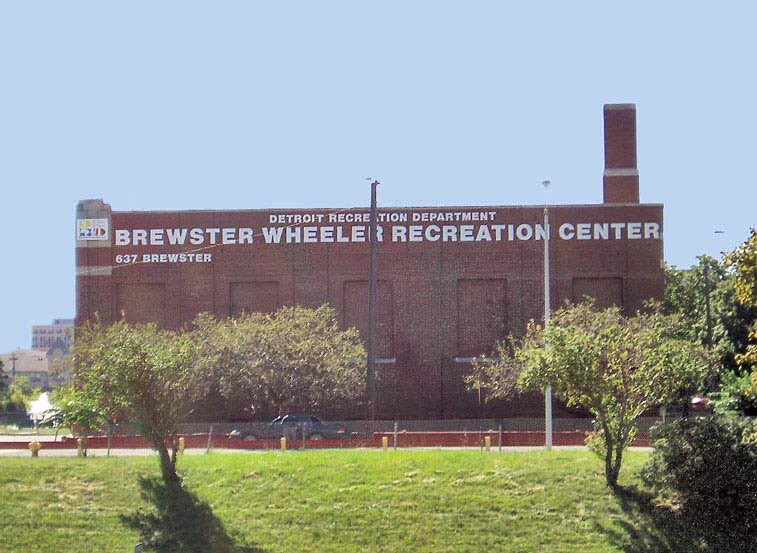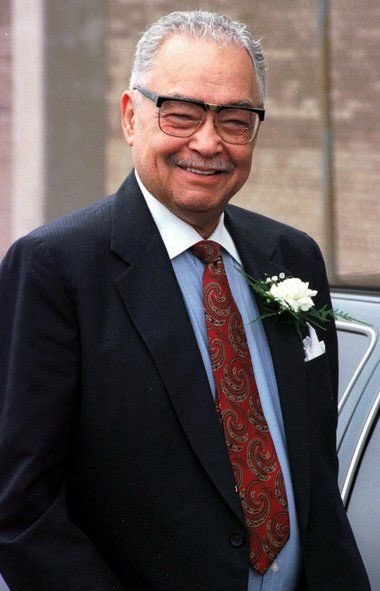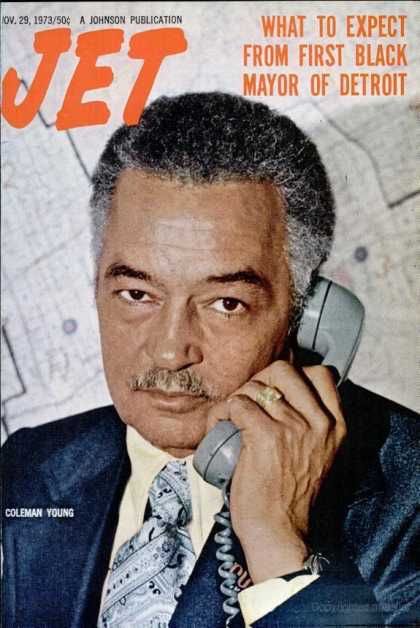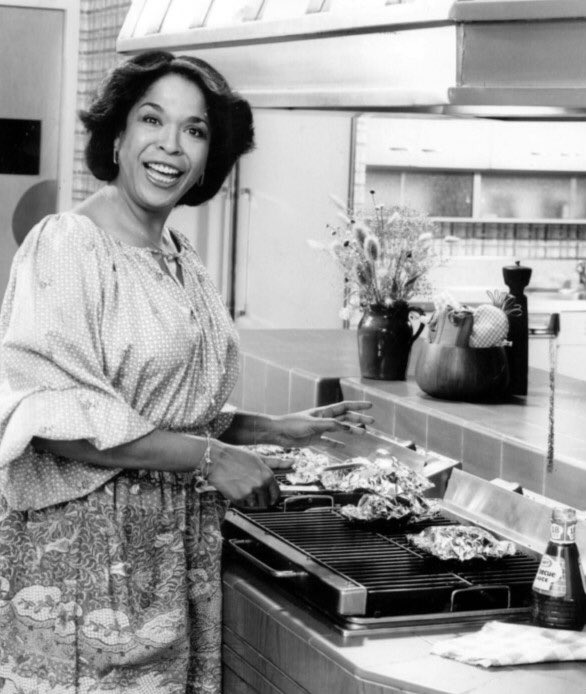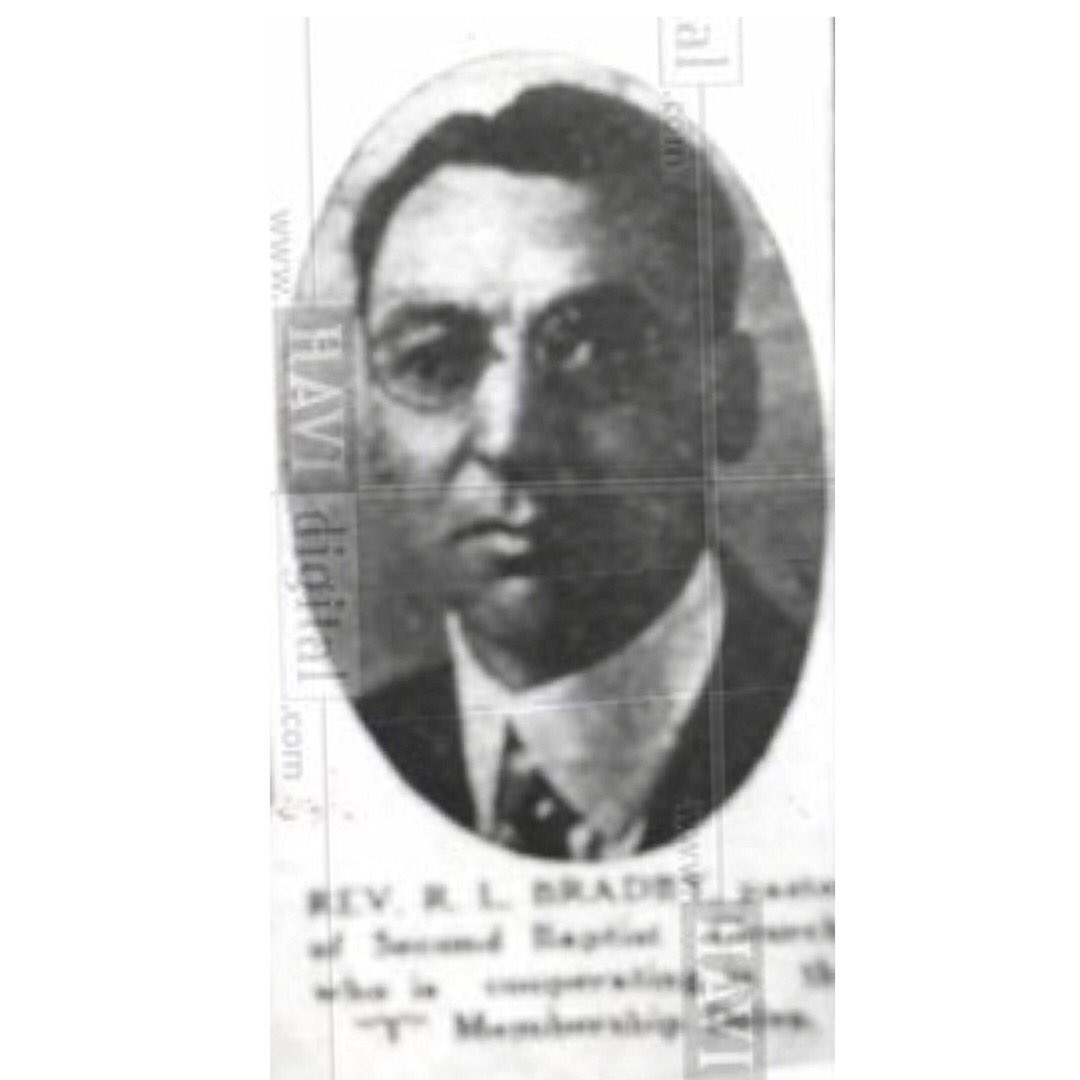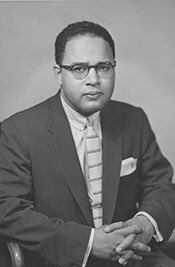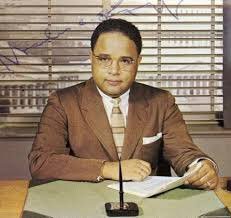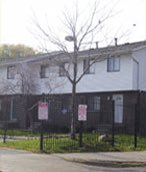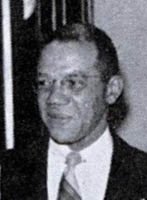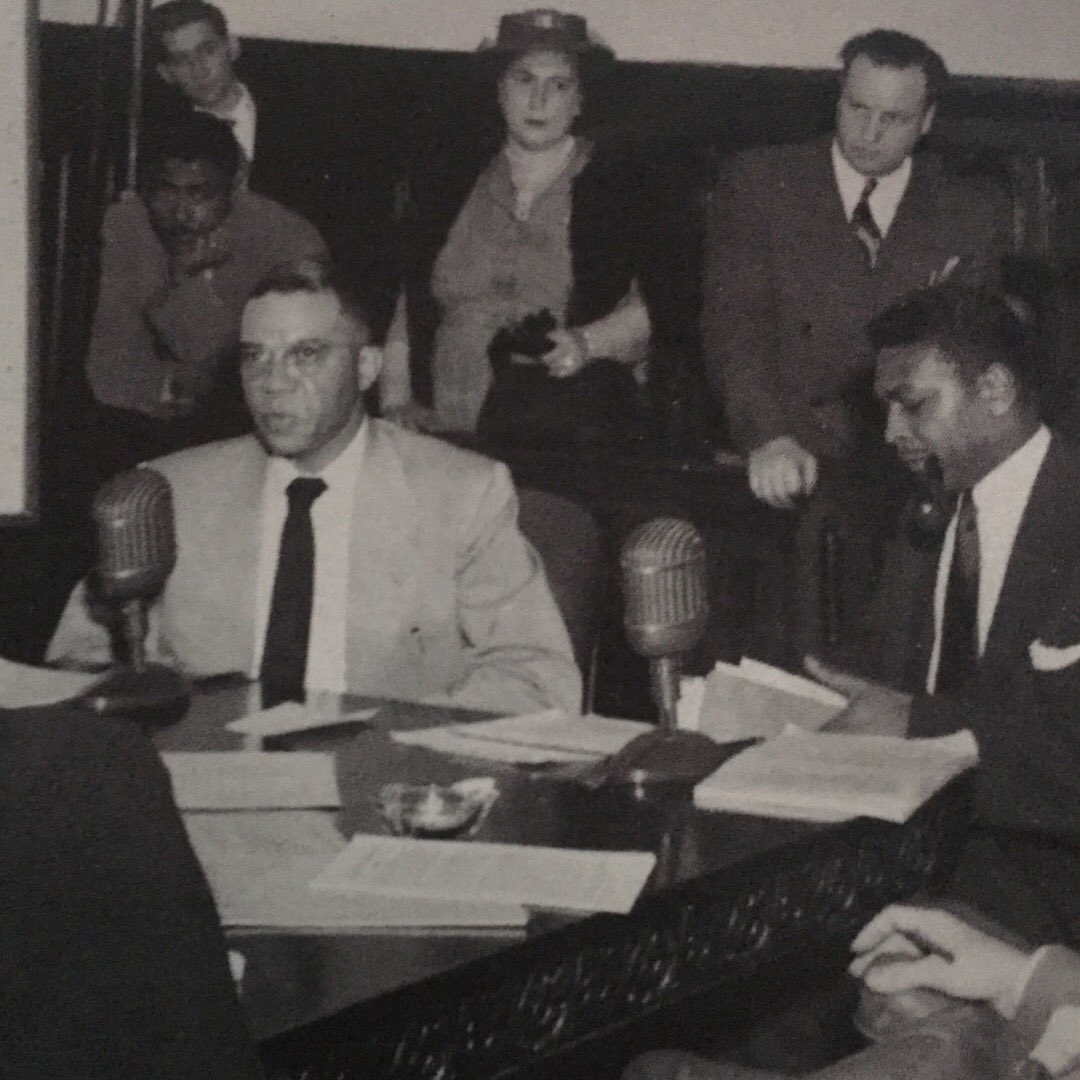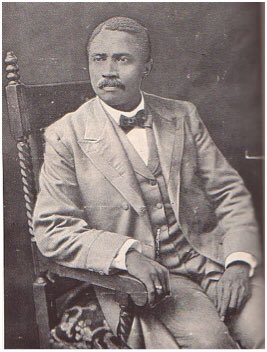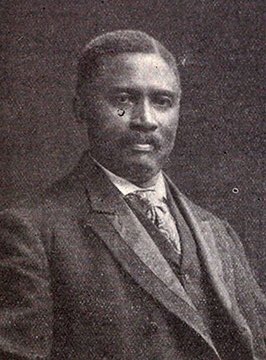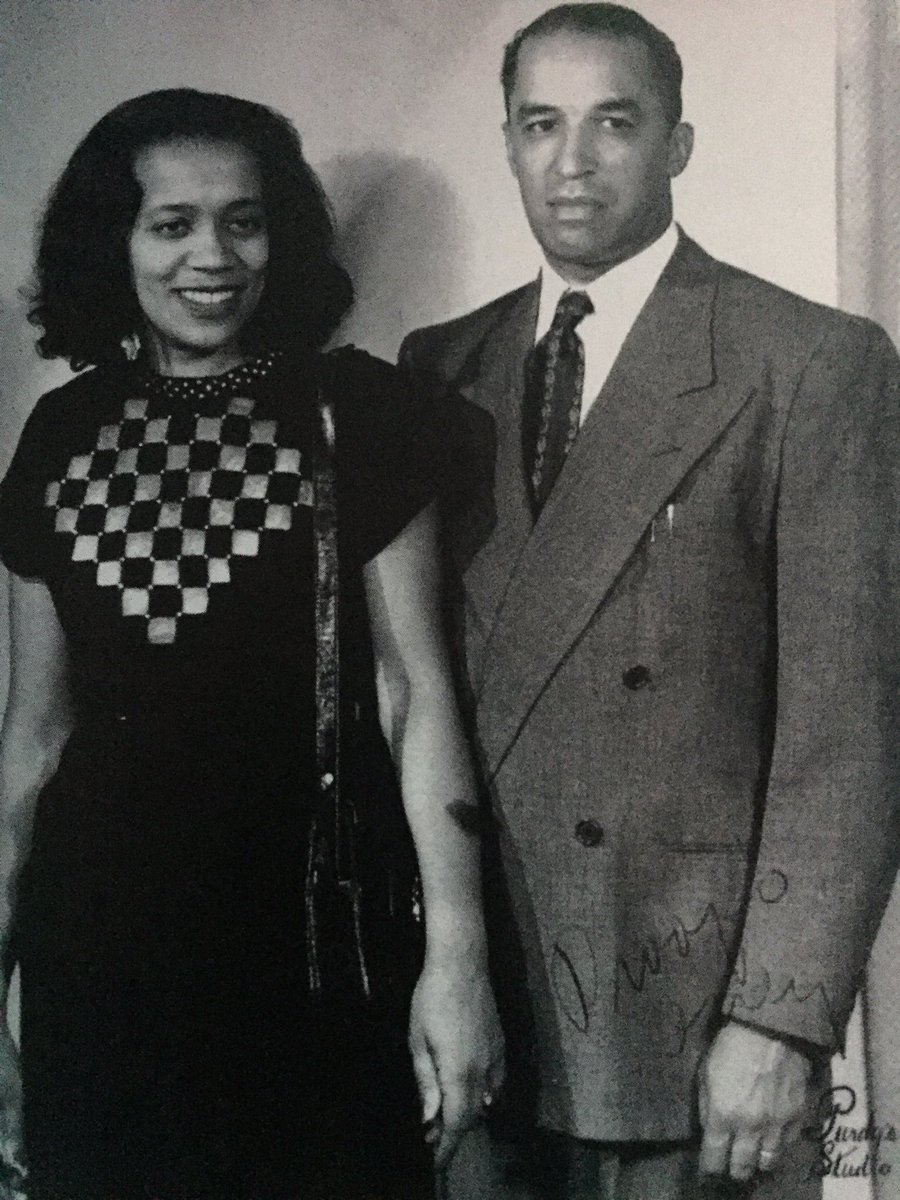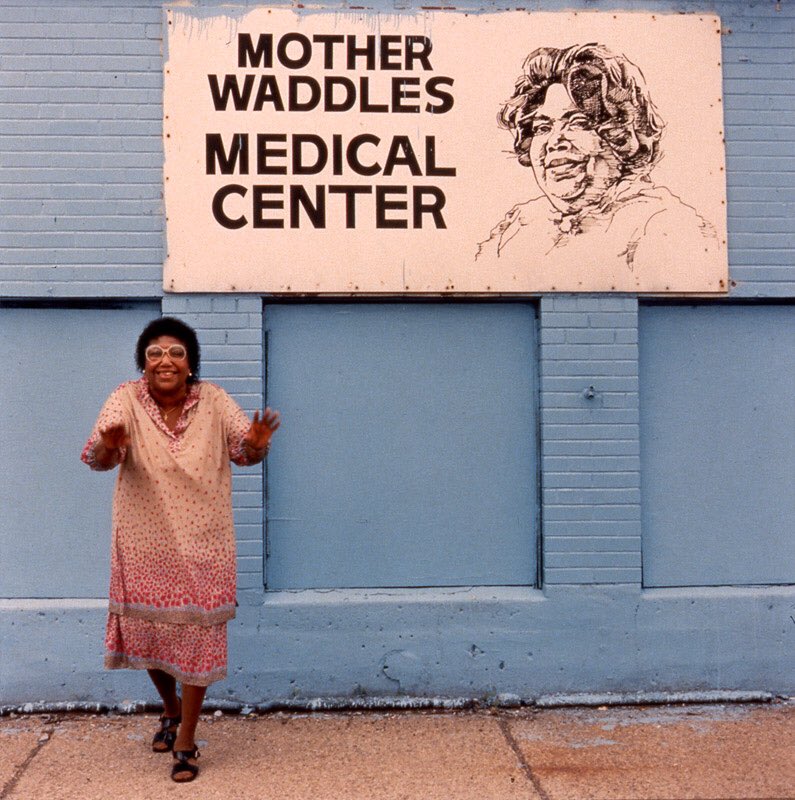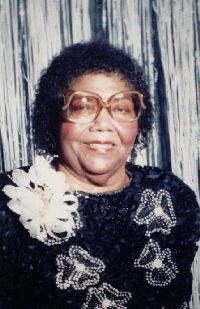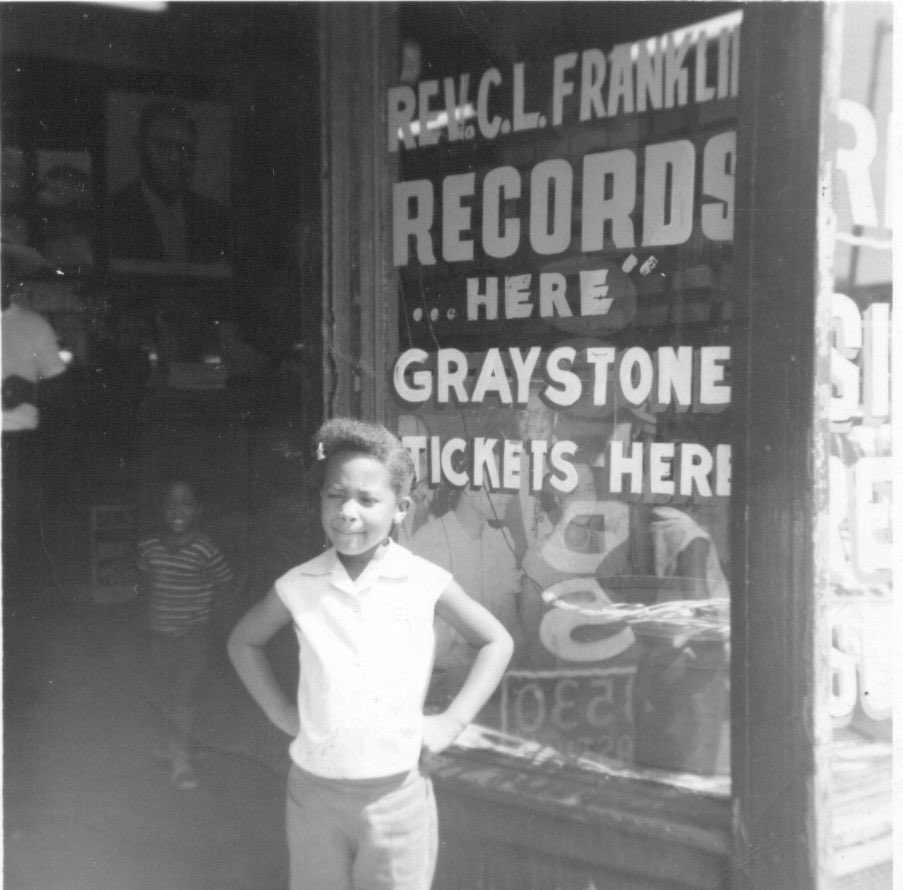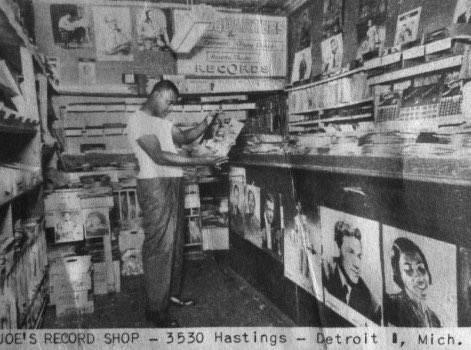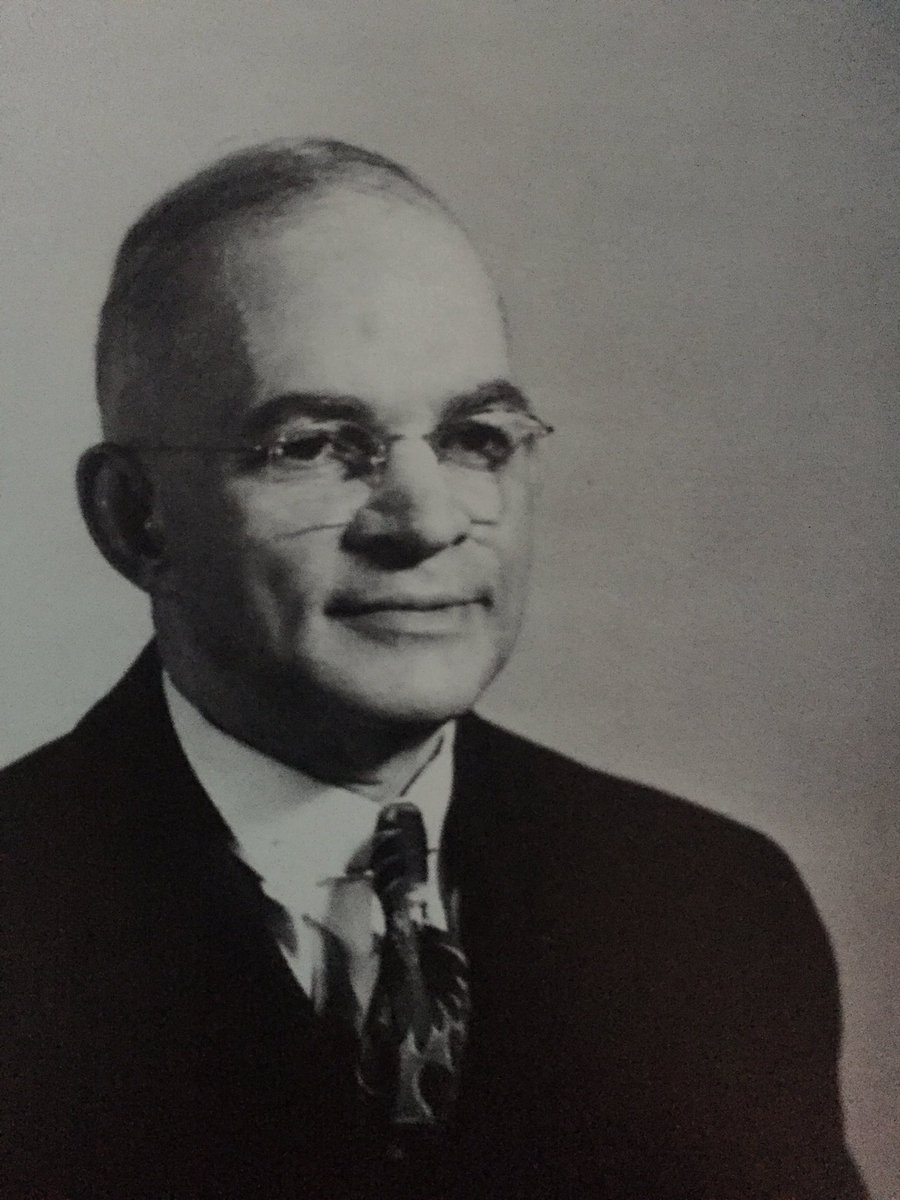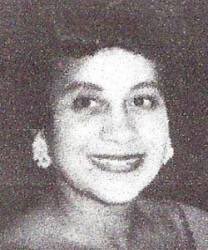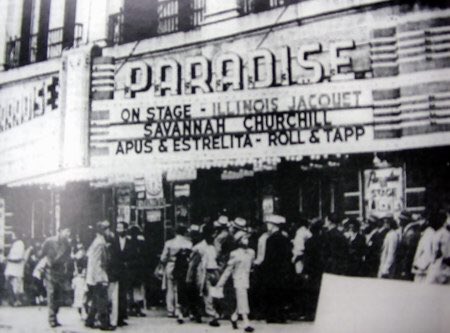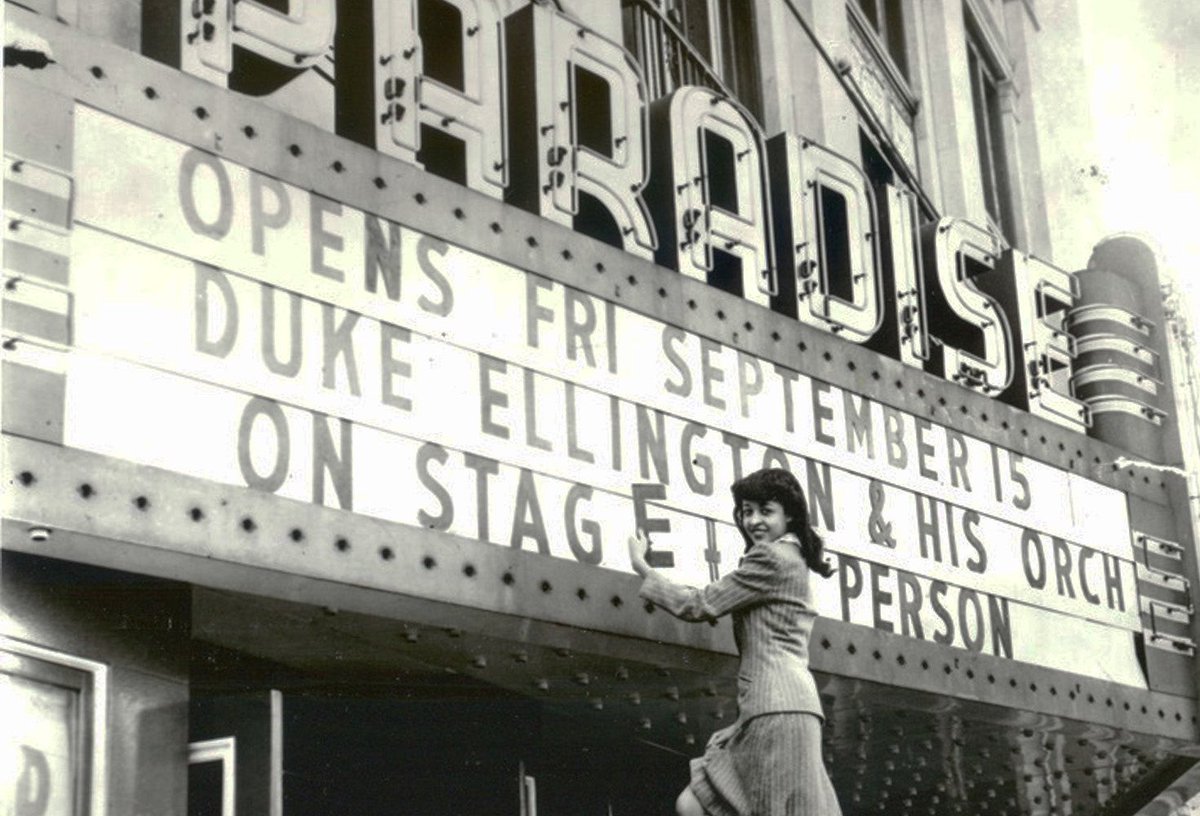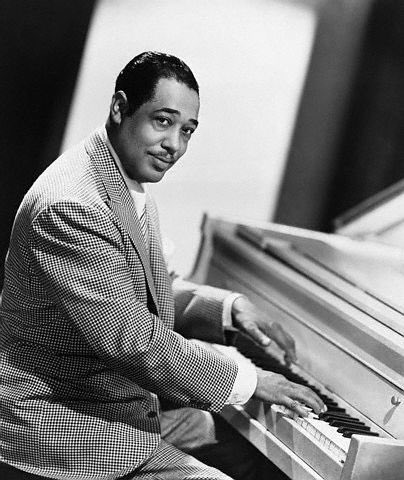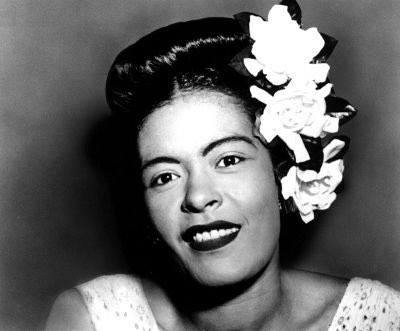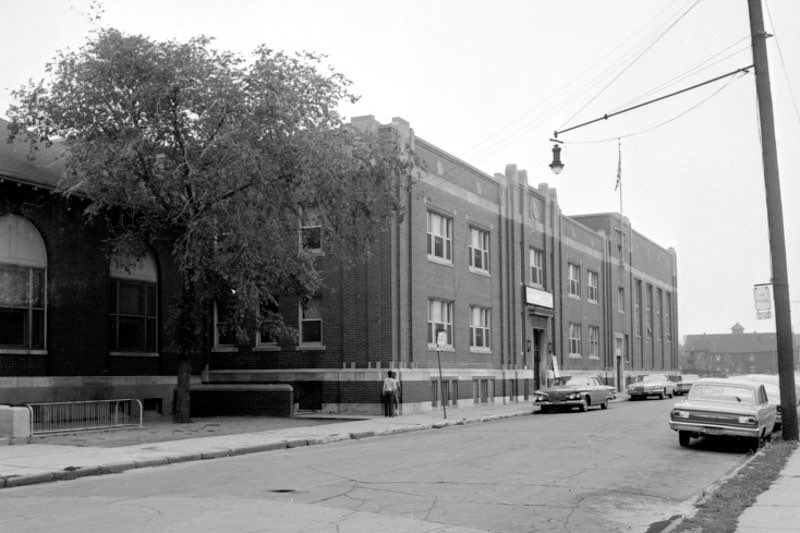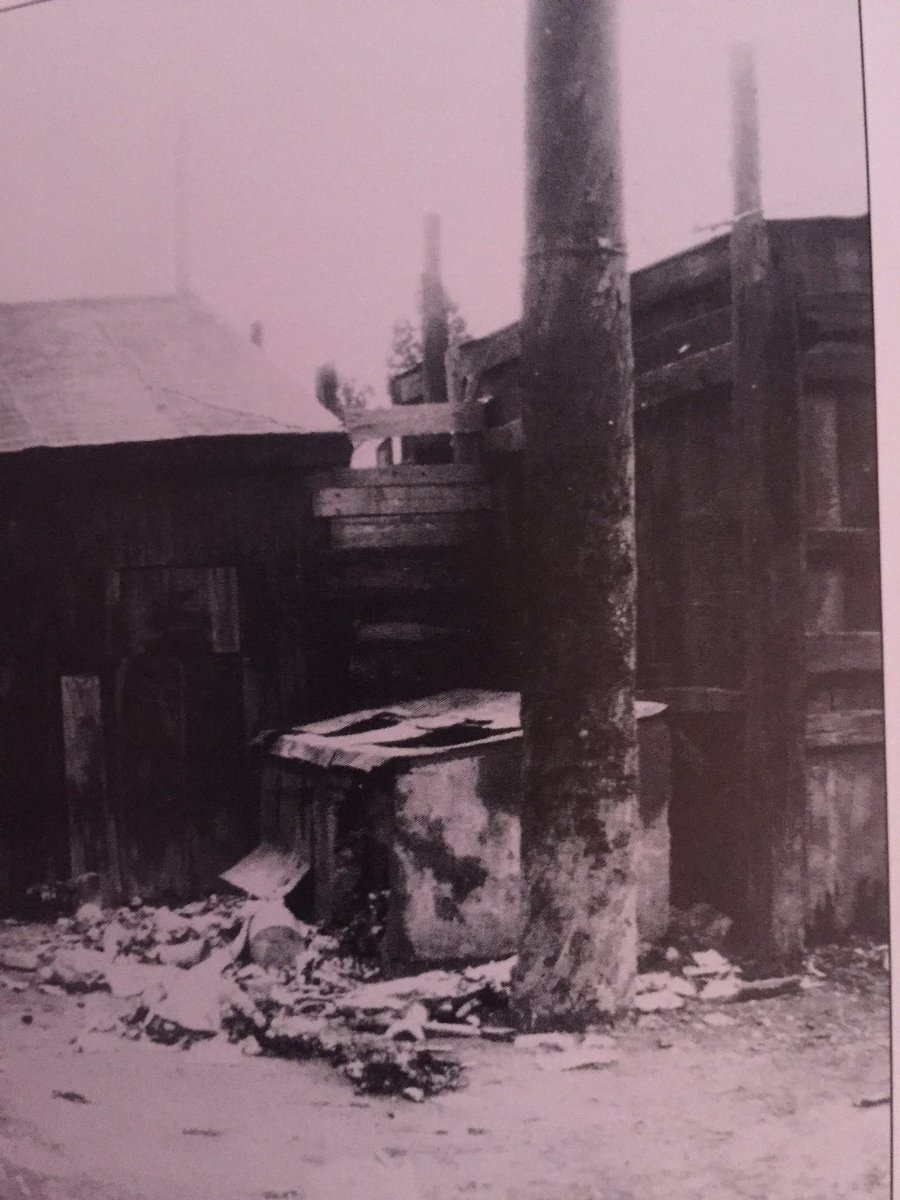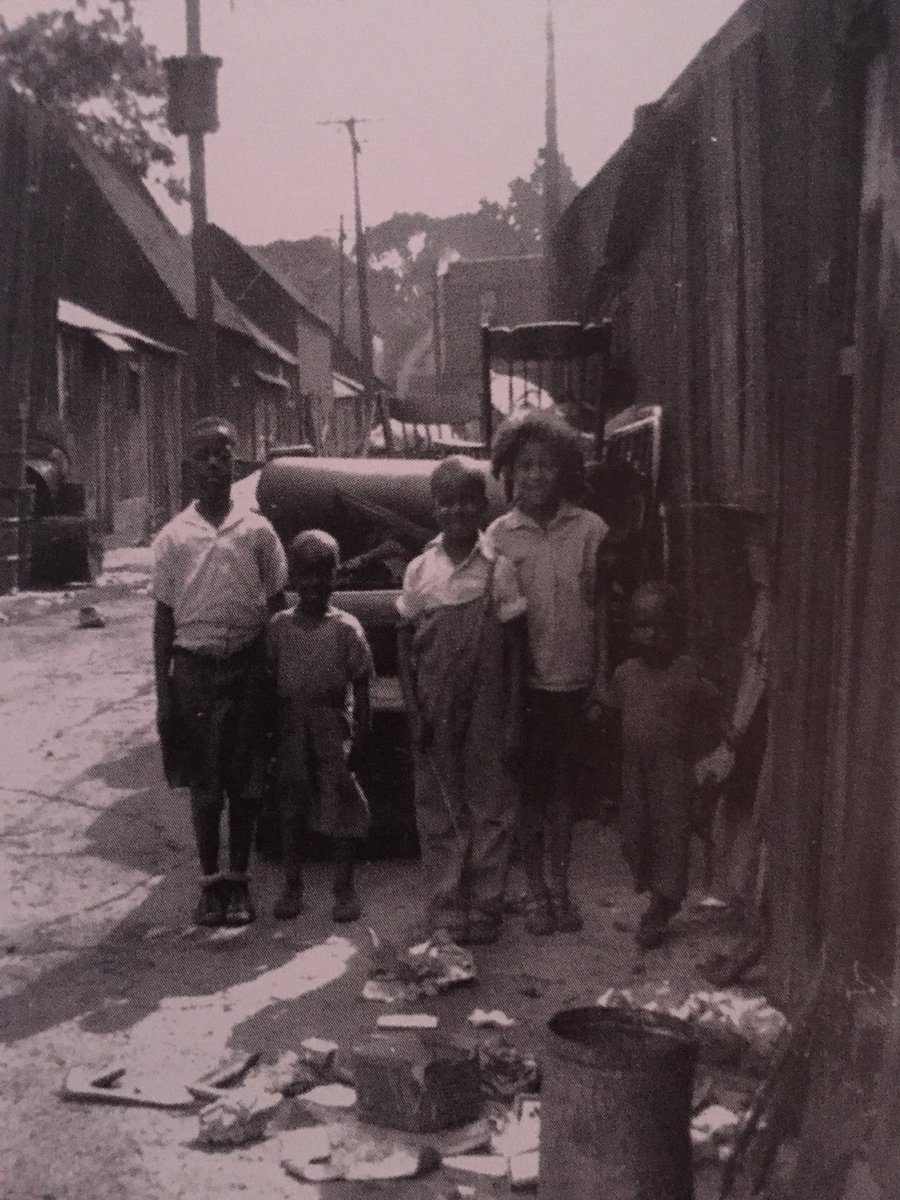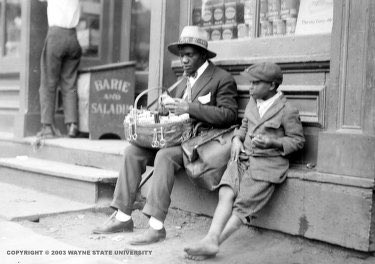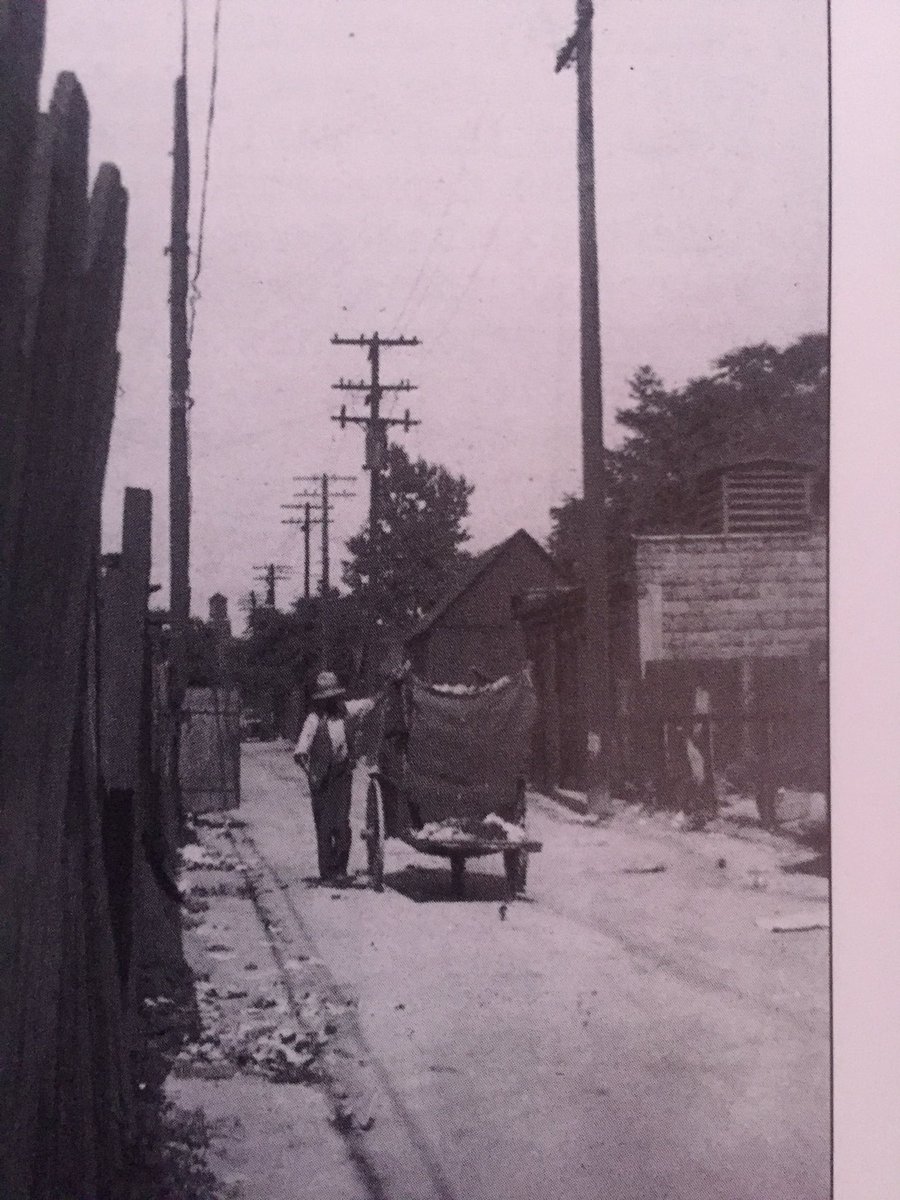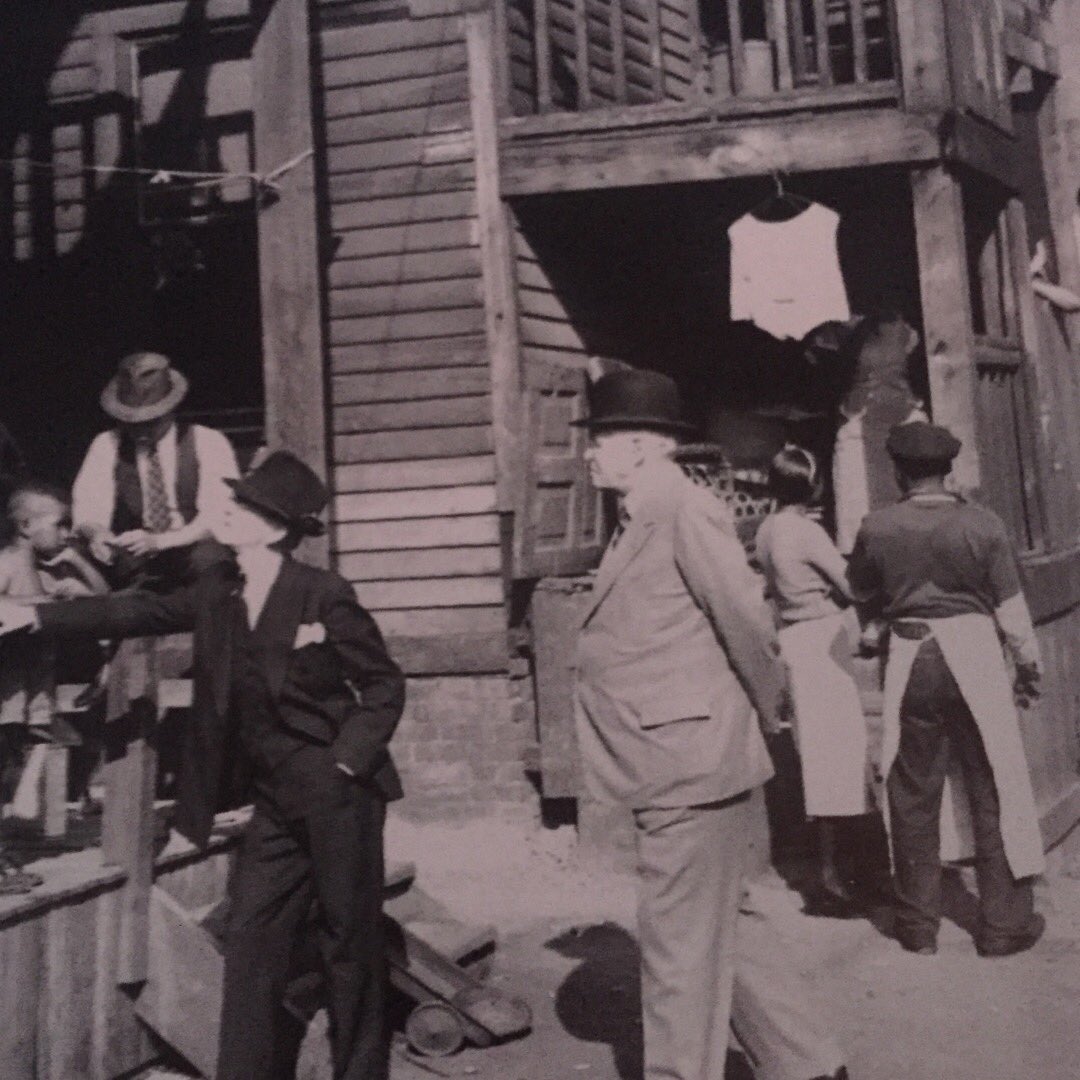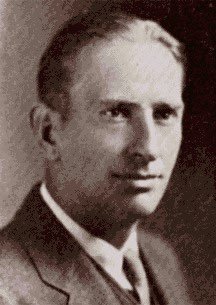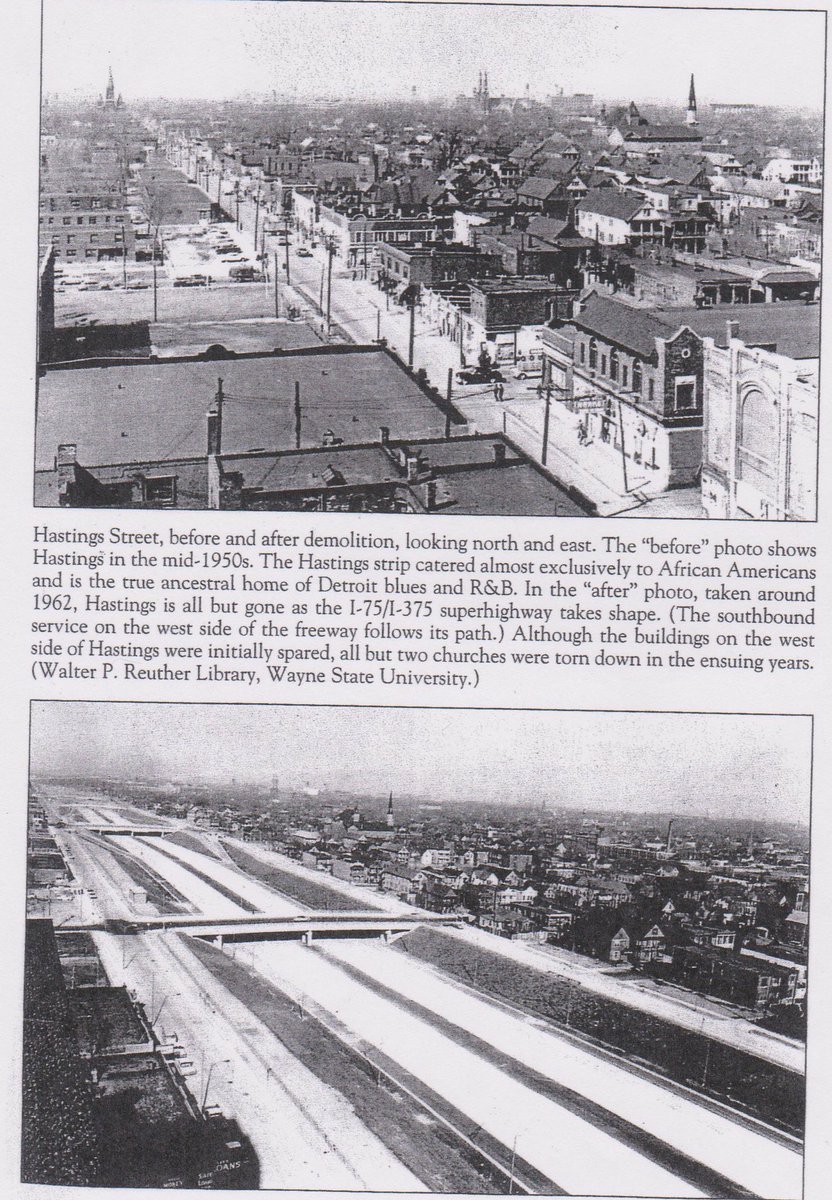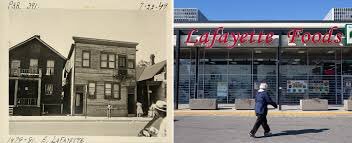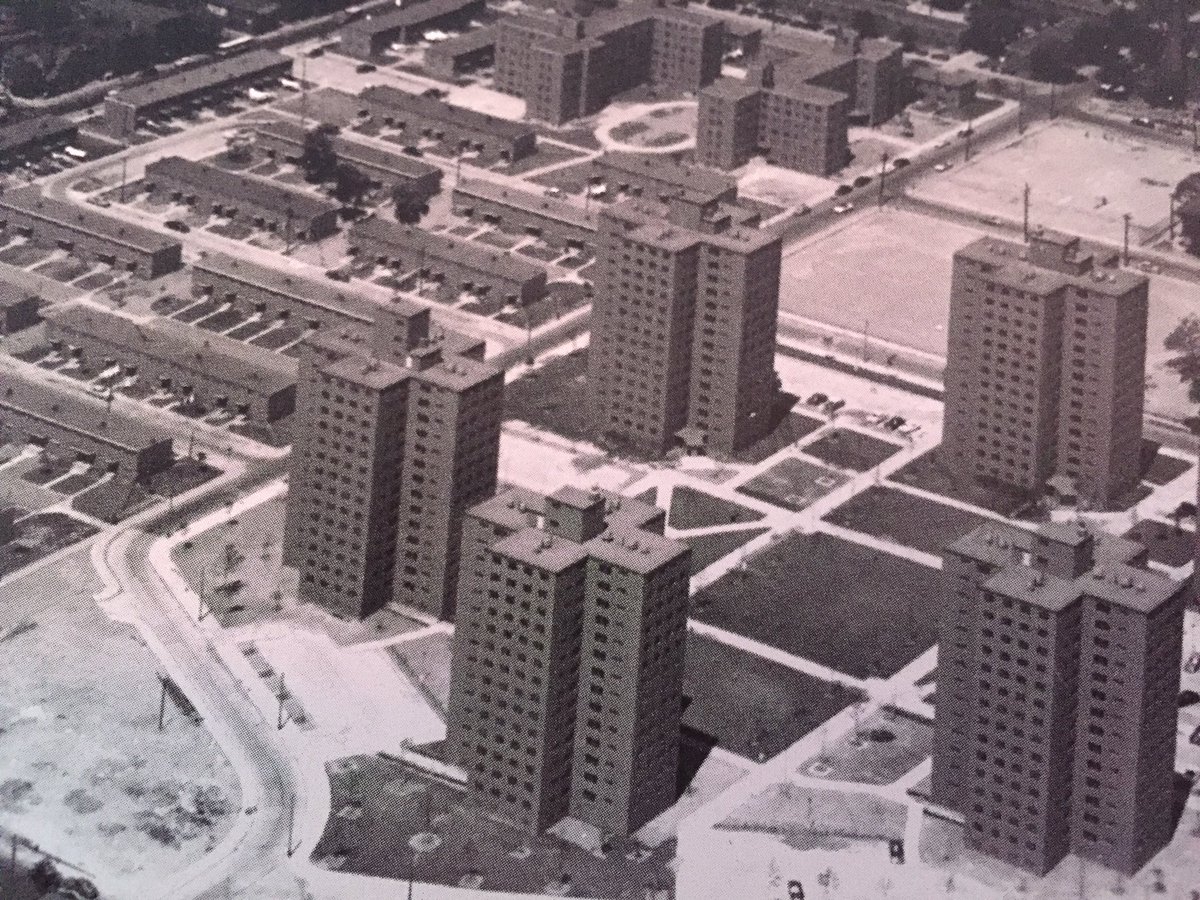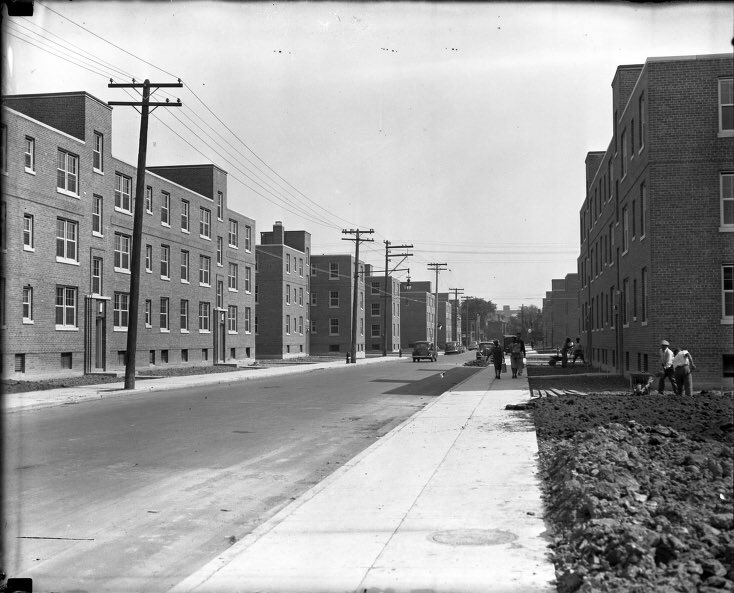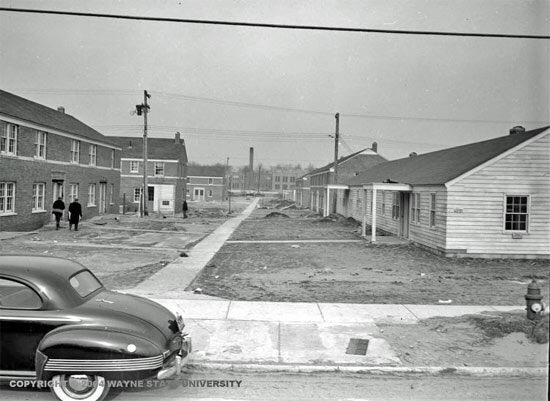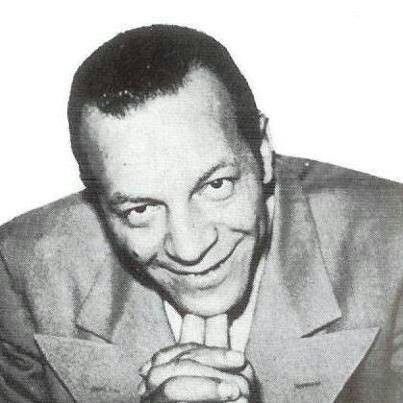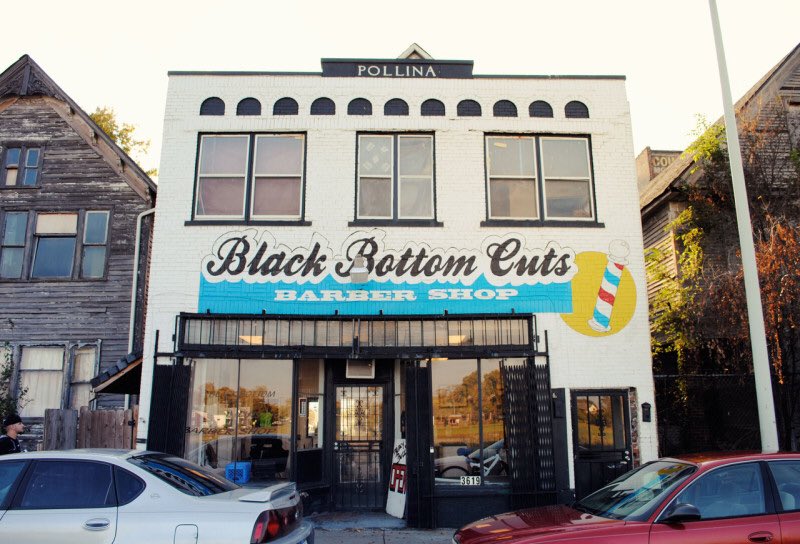& #39;Blacks of Detroit& #39;s Black Bottom and Paradise Valley& #39; thread:
The removal of the negroes.
The removal of the negroes.
Black Bottom and Paradise Valley were two predominantly black neighborhoods in old Detroit, from the early 1910s up until the 1960s.
Black Bottom & Paradise Valley stretched west from Brush St., to Grand Trunk railroad to the east & the Detroit River to Grand Boulevard.
Black Bottom & Paradise Valley once boomed with black-owned businesses and nightclubs in their heyday. Urban renewal ended all that.
Dr. Ossian Sweet was a physician who lived and practiced in Detroit& #39;s Black Bottom area, at Dunbar Hospital and Palace Drugs in the 1920s.
A successful doctor, Sweet wanted to get his family out of Black Bottom, moving them to a white neighborhood on Detroit& #39;s lower east side.
They moved into this home at 2905 Garland right on the corner of Charlevoix, much to the displeasure of their white neighbors Sept. 8, 1925.
On September 9, 1925, an angry white mob gathered outside of the Sweet home. Detroit Police were present, but, of course, they did nothing.
Inside were Dr. Sweet, his wife, & nine others. The mob threw rocks at the home. Then shots were fired from upstairs, killing Leon Breiner.
Police finally took action, getting into the home, and arresting everyone in the home, charging all 11 with first-degree murder of Breiner.
James Weldon Johnson & the NCAAP help finance The Sweet Trial, hiring the finest defense attorney in the land, Clarence Darrow (far right).
The Sweet Trial had an all white male jury & Frank Murphy as the presiding judge. Ultimately, everyone was acquitted of murder in 1926.
Life after the trial wasn& #39;t sweet at all for the Sweets. Their daughter Iva daughter from tuberculosis at the age of two & they separated.
Gladys Sweet had possibly contracted tuberculosis while in Wayne County Jail. She died from in at the young age of 27 in 1928.
Ossian Sweet committed suicide March 20, 1960 at his apartment near St. Aubin street in Detroit. A single gunshot to the head.
Joe Louis Barrow hailed from rural Alabama, and moved to Detroit Black Bottom community in 1926 to escape the Klu Klux Klan in the south.
Joe Louis first got into boxing as a teenager at the Brewster-Wheeler Recreation Center in Black Bottom. He would go on to become a great.
In 1937, Joe Louis became heavyweight champion of the world, a title he held up until 1949. He defended his title an astonishing 26 times!
When Coleman Alexander Young and his family moved to Detroit in 1923, they settled in the ghetto of Black Bottom, looking for opportunity.
Coleman A.Young couldn& #39;t attend catholic school because he was black. He graduated from Detroit Eastern High (now King) with honors in 1935.
Coleman A. Young rose from the concrete jungle of Black Bottom to become Detroit& #39;s first black mayor in 1974, & remained there until 1994.
Under Coleman A. Young& #39;s 20-year watch, Joe Louis Arena was erected, The Renaissance Center was finished, and the People Mover was created.
Coleman A. Young passed away in 1997. The City-County building, city airport, elementary, & recreation center were named in his honor.
He was called "Detroit Red", & Malcolm X was named assistant minister of The Nation of Islam Temple No.1 in Black Bottom in Detroit in 1953.
Delloreese Patricia Early or Della Reese, was born and raised in Detroit& #39;s Black Bottom community in 1931 & attended Cass Technical High.
Della Reese was discovered by Mahalia Jackson at Detroit& #39;s famous Flame Show Bar in Paradise Valley near John R. and Canfield.
Della Reese would go on to become a successful singer, actress, & minister, in a career that span over 50 years from Black Bottom.
Reverend Robert L. Brady was the pastor of Second Baptist Church in Black Bottom from 1910-1946. His past away suddenly in 1946.
Robert L. Bradby was a missionary in the Black Bottom community. His relationship with Henry Ford helped blacks get jobs in the Ford Plant.
Born in Detroit in 1922, Charles C. Diggs lived in Black Bottom. He went on to become the first black man elected to Congress from Michigan.
Charles C. Diggs was a civil rights activist, attending the Emmitt Till murder trial & was instrumental in empowering youth in Black Bottom.
The Diggs Homes is a housing project located near the old Black Bottom community off Canfield and I-75, named after Charles C. Diggs.
Dr. Remus G. Robinson was a surgeon from Detroit who was the first black elected to the Detroit School Board in 1955.
Remus Robinson was also Detroit City Plan Commission president & president of the Detroit Urban League, helping to save Black Bottom.
John C. Dancy headed the Detroit Urban League for 42 years, working better the lives of poor blacks in Black Bottom and in Detroit.
John C. Dancy opened the Dunbar Community Center in Black Bottom, serving as a baby clinic, job placement & cultural center for poor blacks.
Dr. W. Harold Johnson cofounded Trinity Hospital in Detroit in 1934. Black doctors & patients were discriminated against in white hospitals.
Harvey C. Jackson & his wife Dorothea became the first black proprietors of a photography studio in Black Bottom, located at 474 Beaubien.
Charleszetta Waddles was one of the greatest women Black Bottom & the city of Detroit had ever seen. Her community work is unmatched.
Mother Waddles came to Detroit in 1936 & settled in Black Bottom. She dedicated her life to helping the poor, & spreading God& #39;s word.
Well-known for her car donation program, Mother Waddles fed the hungry & helped the homeless. She passed away in 2001 in Detroit.
Joe Von Battle opened Joe& #39;s Record on 3530 Hastings street (now I-75) in Black Bottom in 1945, selling records of all genres.
Joe Von Battle also had a recording studio in his Black Bottom shop, the first to record Rev. C.L. Franklin & daughter Aretha.
Black Bottom was rundown by the time 1960 came around & the city needed to pave way for the new I-75 highway. Joe& #39;s Records was a casualty.
Henry S. Dunbar was the manager of the Brewster Homes Housing Project in Black Bottom. It was one of the nation& #39;s first housing projects.
Rosa Gragg was a civil rights pioneer in Black Bottom. She opened the Slade-Gragg Academy of Practical Arts on Woodward in 1947.
Paradise Valley was the business & entertainment district of Black Bottom. It came alive in the night times, with its clubs and bars.
It was nothing to go to the Paradise Theatre (now Orchestra Hall) on Woodward & see Duke Ellington, Ella Fitzgerald, or Billie Holiday.
Charles Primas was an All-American hooper at Miller High in Black Bottom in 1953. He played at Wayne State & with the Harlem Globetrotters.
Will Robinson came to Miller High in 1943 to help calm the race riots in Black Bottom. We won multiple city basketball titles at Miller.
The Brewster-Wheeler Rec Center still stands in Black Bottom. It was named after Detroit& #39;s first black rec employee/manager Leon Wheeler.
Black Bottom was a strange place. Paradise Valley was the place to be, but there was also a dark side to the community: the slums.
Many think Black Bottom was named for its predominantly black population but it wasn& #39;t. It was because the soil in the area was dark & rich.
Black Bottom was so diverse, you could be a physician living next to a Ford plant worker, or to next to the neighborhood hustler or crook.
Living conditions in Black Bottom were deplorable. The living spaces were compacted, rundown homes, some homes even had no toilets.
Since blacks had just began to migrate to Detroit from the south in the early 1900s, they weren& #39;t accepted anywhere but Black Bottom.
Still Black Bottom thrived for decades, producing strong, intelligent & talent blacks. Then the Great Depression hit, & it started to decay.
White mayor Edward J. Jeffries unveiled his "Detroit Plan" in 1946, which called for the "urban renewal" of the area known as Black Bottom.
Mayor Jeffries had no interest in revitalizing Black Bottom, but literally wiping it off the map, which they did to build I-375 & I-75.
City officials ripped through Black Bottom & Paradise Valley, tearing down thousands of buildings, homes & businesses along the way.
The old Black Bottom area is now Lafayette Park, Greektown, & Eastern Market. There is little evidence Hastings Street even existed there.
With blacks being forced out of Black Bottom, the Projects were born. Brewster-Douglass, Jeffries, Herman Gardens, Sojourner Truth Homes.
The Projects were once a nice place to raise a family, but with overcrowding came crime, drug use, unemployment, & systematic failure.
Black Bottom & Paradise Valley were known for the many black businesses. Nathaniel "Sunnie" Wilson was like the mayor of Black Bottom.
Still, the legend of Black Bottom & Paradise Valley live on with the many stories & figures. This barbershop in the area on Mack & Chene.
1942 Detroit Urban League report of black-owned businesses in Black Bottom & Paradise Valley:
151 physicians;
140 social workers;
85 lawyers;
71 beauty shops;
57 restaurants;
36 dentists;
30 drug stores;
25 barber shops;
140 social workers;
85 lawyers;
71 beauty shops;
57 restaurants;
36 dentists;
30 drug stores;
25 barber shops;
25 dress makers and shops;
20 hotels;
15 fish and poultry markets;
10 hospitals;
10 electricians;
9 insurance companies;
20 hotels;
15 fish and poultry markets;
10 hospitals;
10 electricians;
9 insurance companies;
7 building contractors;
5 flowers shops;
2 bondsmen;
2 dairy distributors
5 flowers shops;
2 bondsmen;
2 dairy distributors

 Read on Twitter
Read on Twitter
